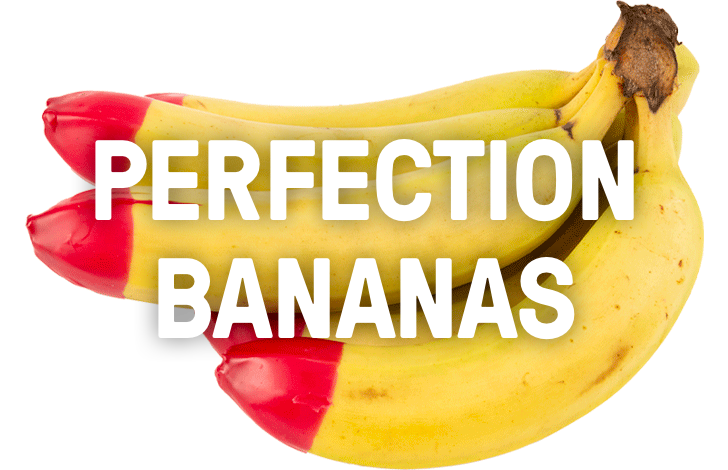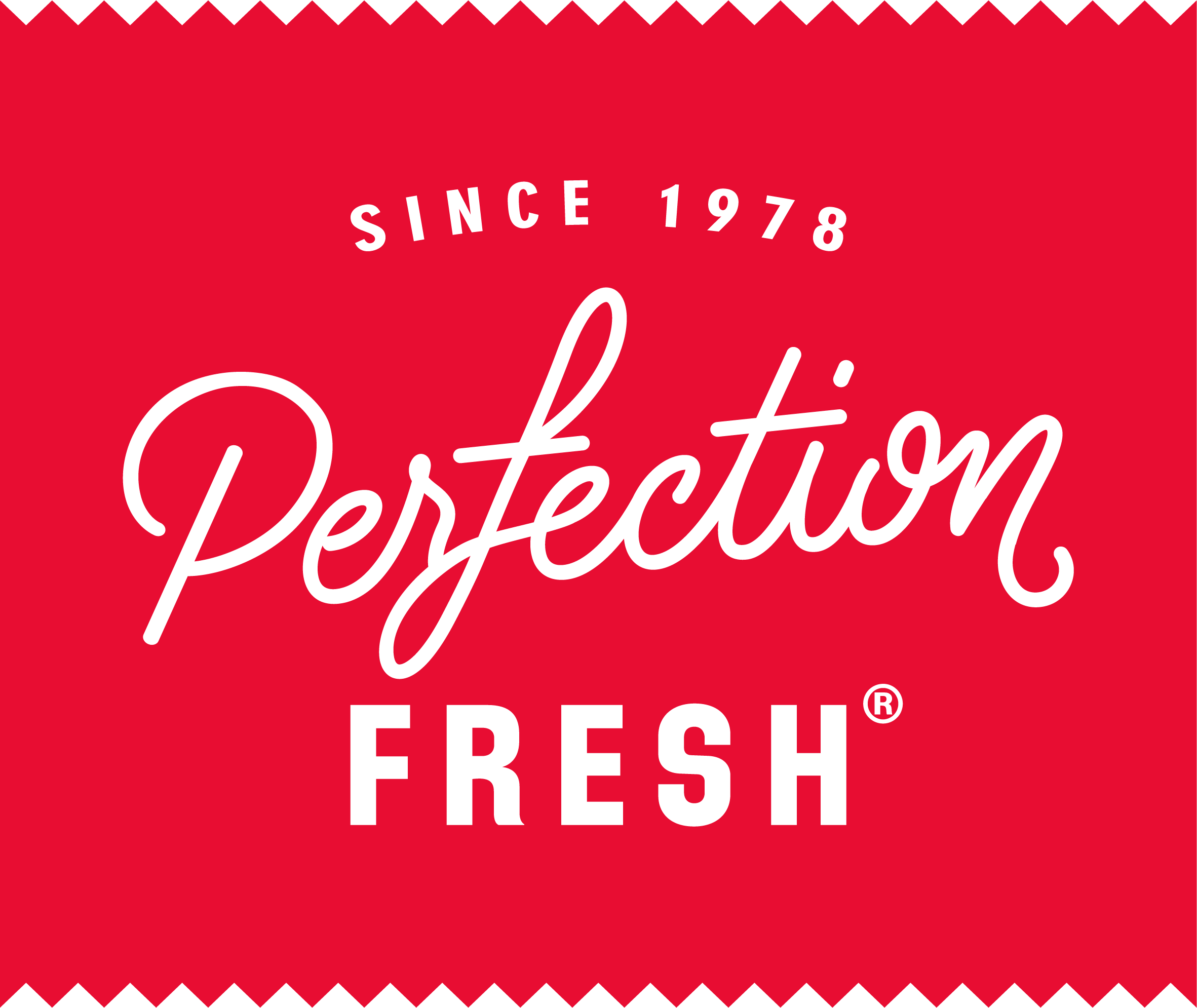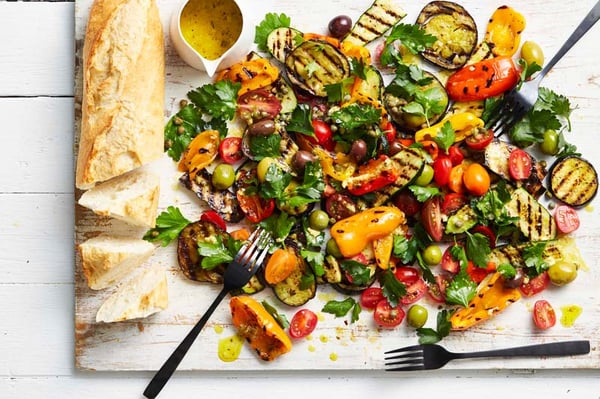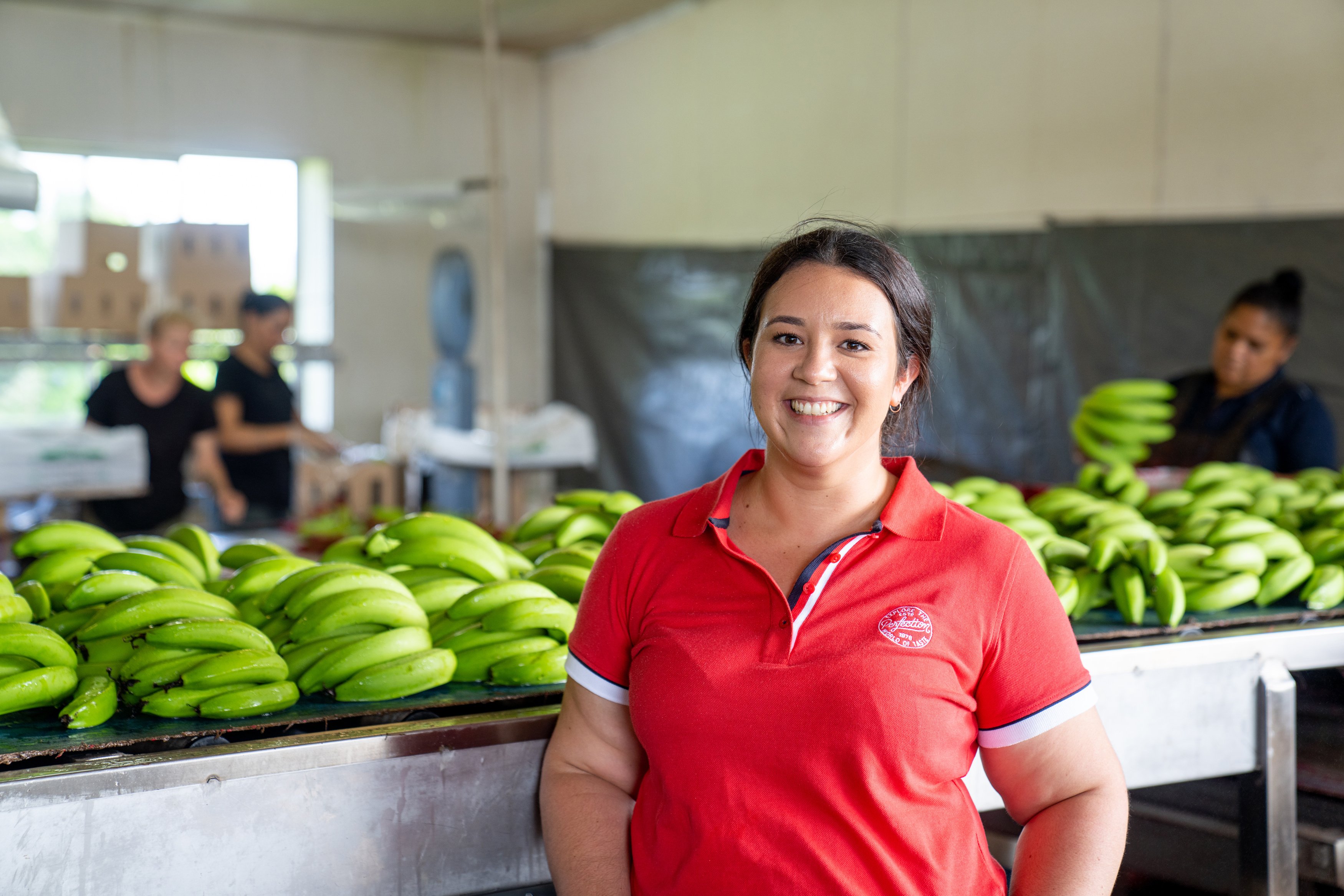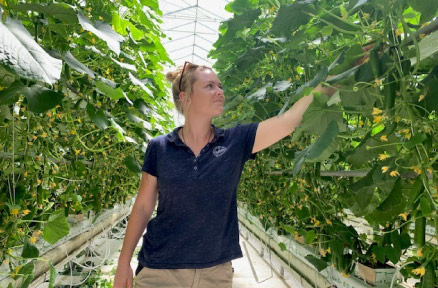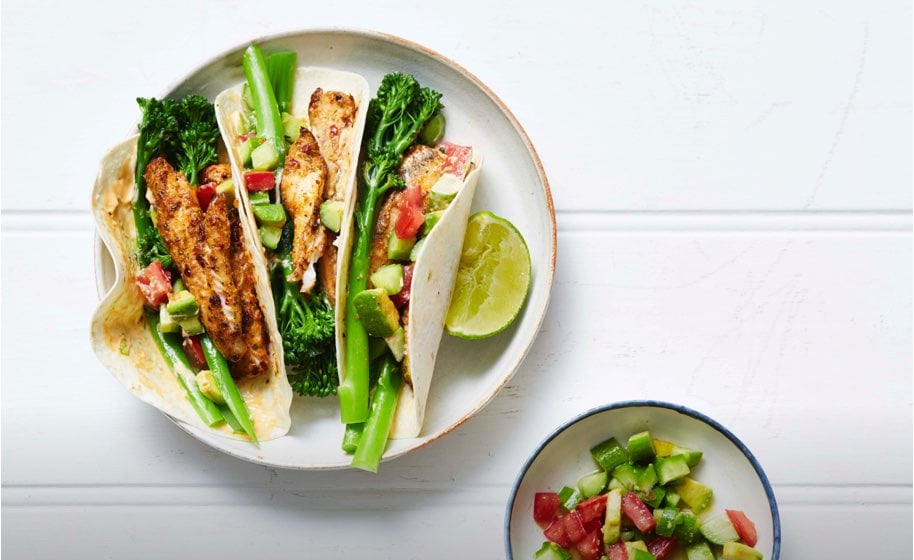With the ever-increasing popularity of vegetarianism and veganism, more and more consumers are interested in meat substitutes. However, critics warn that unlike meat, which is a whole, unprocessed product, replacing it with meat substitutes that are full of colours, flavours, additives, and fillers is not only unhealthy but potentially dangerous for your well-being.

On the other hand, many of the advocates consider the meat substitutes are nutritious and delicious alternatives with benefits for the consumer and the planet. And with an increasing number of new 'meat alternative' brands popping up regularly, dietitians are well placed to help clients navigate this relatively new meat alternative/substitutes category to meet their dietary goals. Whether it is soy, mushrooms, wheat gluten, green peas, or beans, it is expected that meat substitutes will likely grow based on future projections and current trends, but are they the best choice?
Consumer & Market Trends
According to research, the demand for plant-based foods experienced a surge in 2018. The rise in these products category can also be explained by initiatives of various health organizations and private companies which encourage people to consume vegan or vegetarian meals.
Many meat substitute brands aim to produce foods that mimic the texture and tastes of meat for grocery stores and restaurants through colour, crackle, and aroma. It is worth noting that these companies are not only targeting vegetarians and vegans, whose lifestyles revolve around seeking only plant-based options. They are also targeting meat consumers looking for alternatives that will lower their saturated fat intake while increasing their fibre intake.
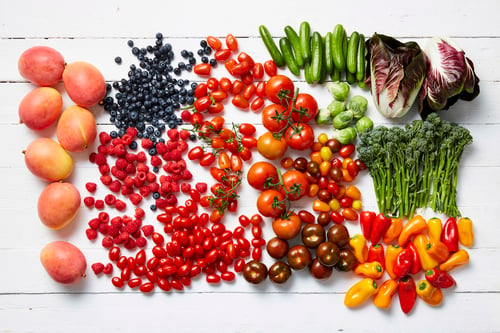
Meat Alternatives Have Been Around For Centuries
It is worth noting that plant-based alternatives to animal-sourced food isn’t a new phenomenon. For instance, tofu has been used as a meat alternative for centuries now. However, in the recent past, food companies have made a mixture of soy and grains, other plants, and a variety of legumes into burgers, sausages, nuggets, and other meat alternative products. Such products were often targeted towards vegetarians and vegans. As such, the products were not optimised to taste like meat, just appear as meat.
The Rise of Protein
The interest in proteins among consumers has increased over the years. The first of these interest include the Atkins diet that encouraged consumers to reduce carbs intake. The menu also helped a higher protein intake in the place of carbs.
Then the South Beach Diet gained a mainstream following. This diet recommended lean protein foods together with low-glycemic carbohydrates, high-fibres, and unsaturated fats. Today we have the Paleo diet, which calls for people to stay away from unprocessed foods and the foods our ancestors start to consume after the Stone Age. Paleo diets encourage people to consume foods such as meats and nuts while avoiding foods such as beans and dairy.
Food processing can cause a drop in the nutritional value of the foods and the loss of phytochemicals naturally occurring in minimally processed plant foods. On the other hand, processing can allow the creation of highly-palatable foods. While being short-term, a controlled feeding study show consuming a diet in ultra-processed foods can cause an intake of excess calorie, which causes weight gain.
Eat real food, eat fresh fruit & vegetables. Develop healthy eating habits!
Acknowledgment to: Stella Eaton









